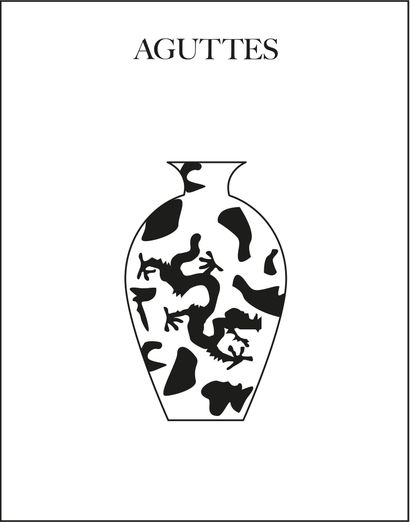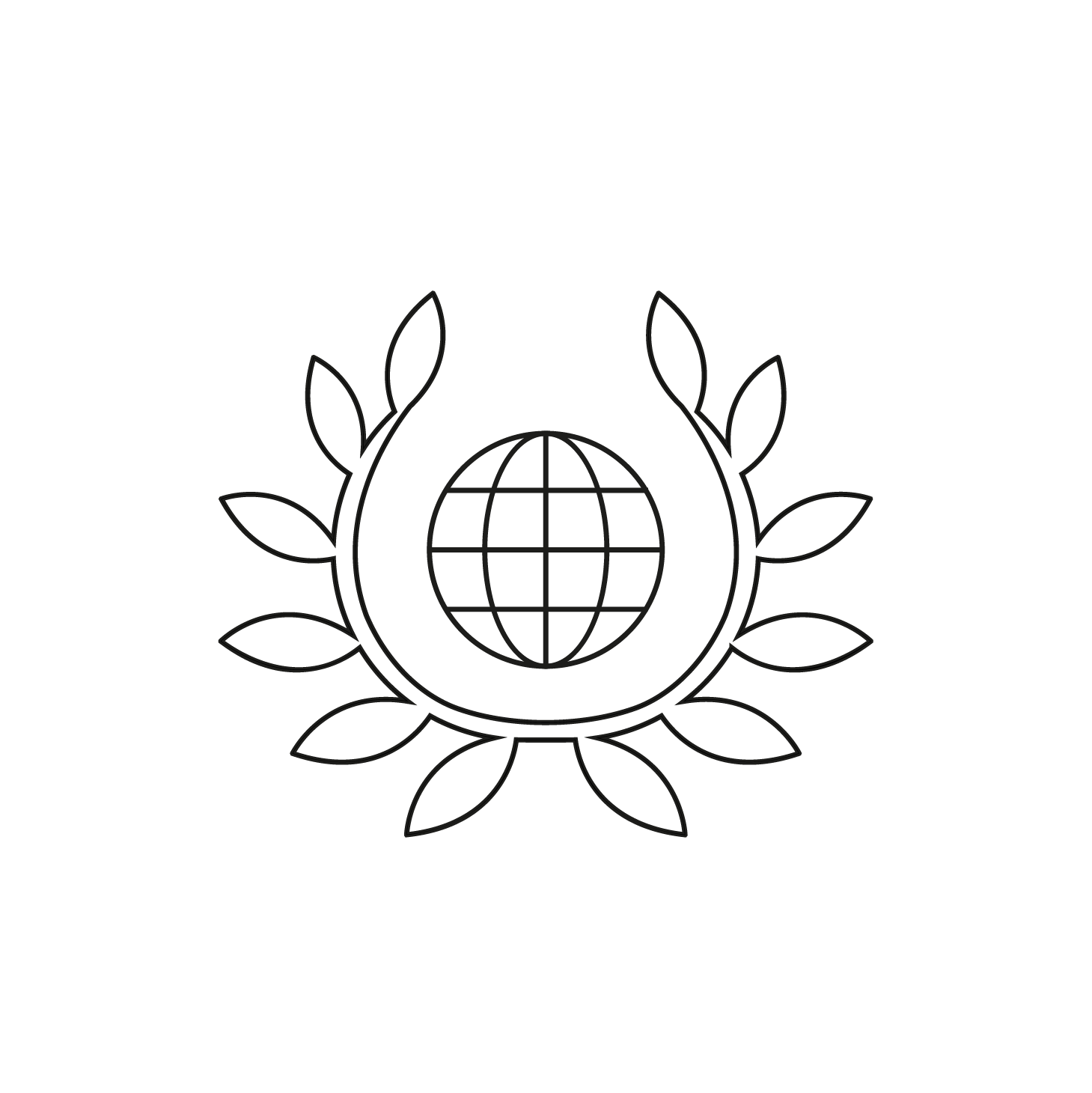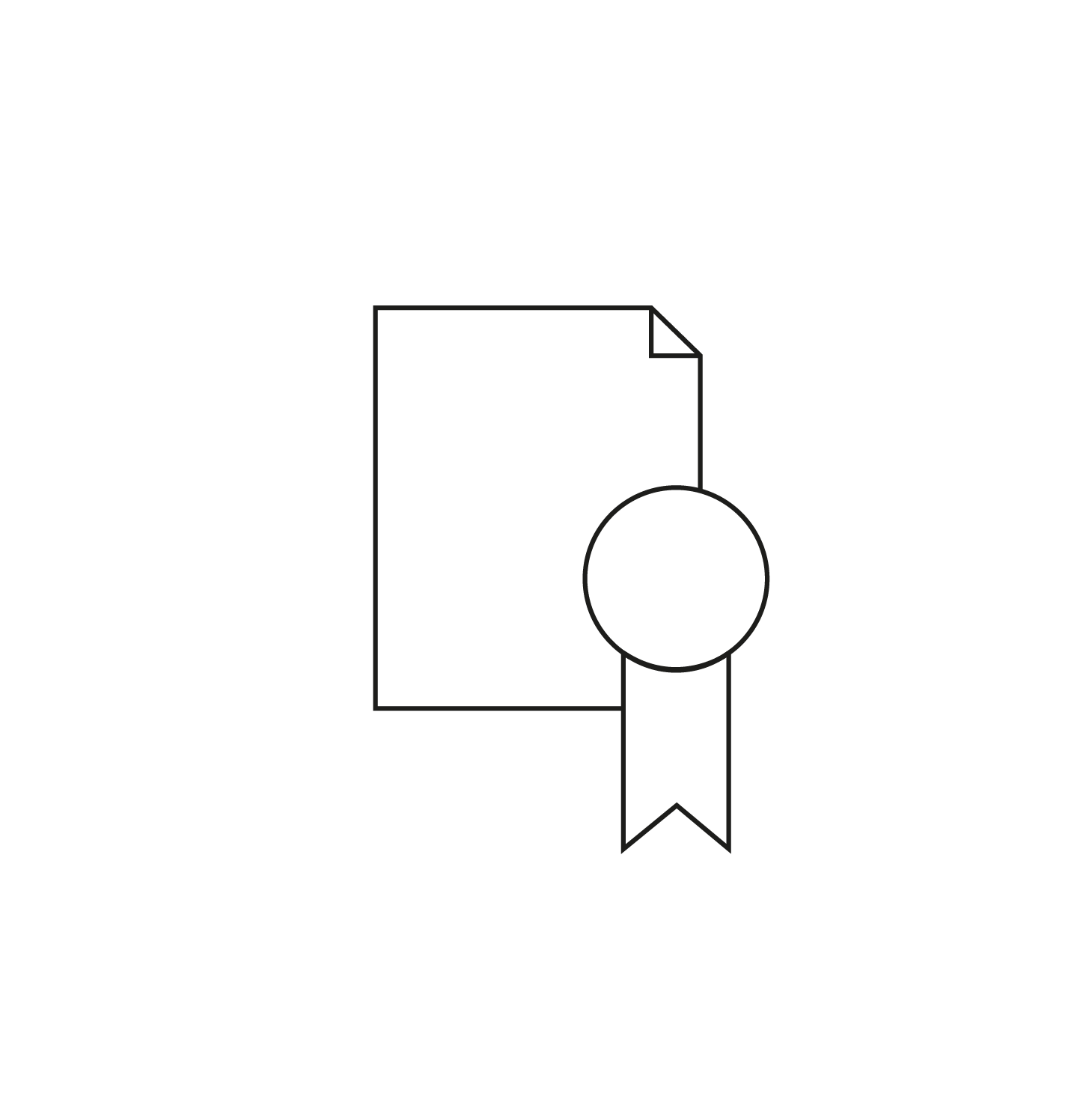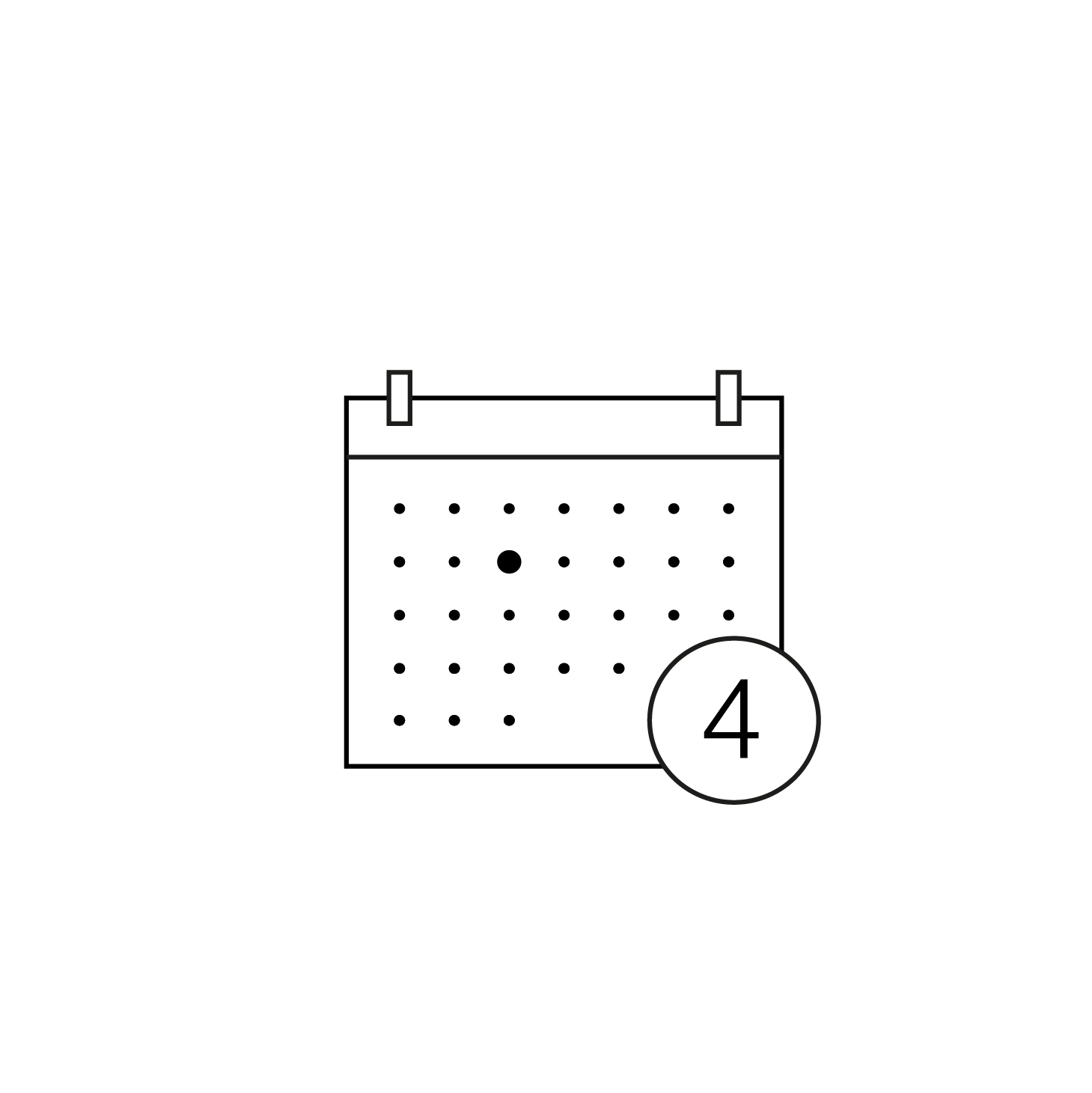Around 20,000 BC, the Chinese discovered a technique that would profoundly influence the daily life of prehistoric man: pottery. Quality ceramics were produced in abundance in this region and, over time, became more and more elaborate in pattern and form. Moreover, craftsmen reached an extreme degree of finesse as early as the Neolithic period, as evidenced by the very beautiful black ceramic pieces of the Longshan culture, which are said to be as thick as an eggshell.
Chinese porcelain appeared at the beginning of the Common Era, but it was not until the 7th century that the first real porcelain according to European criteria was produced, i.e. white, translucent and resonant ceramics made from kaolin, a white, crumbly clay.
Asian porcelain evolved very quickly and artists produced, for example, white porcelain slightly bluish called qingbai or a beautiful green reminiscent of jade, celadon. The art of porcelain reached its peak during the Yuan dynasty at the end of the 13th century.
The pieces reach imposing dimensions and are decorated with moulded and applied motifs in the shape of fruits, dragons… It was also at this time that the first blue and white porcelain came out of the workshops, taking advantage of the import of cobalt blue from the Middle East. The once simple decorations became complex while the shapes multiplied.
See more
These particularities allow professionals to date vases, decorative objects and pieces of crockery with precision and to differentiate for example pieces from the Ming period from those of the Qing dynasty.
Experts in Asian antiquities can also determine the workshop where the works were made based on their style or on the presence of a hidden decoration called anhua that can only be discovered through transparency.
This is why it is essential to ask for an estimate of the value of Asian porcelain before an auction.









![PEINTRES D'ASIE, ŒUVRES MAJEURES • VENTE [38]](https://cdn.drouot.com/d/image/vente?size=phare&path=78/134916/d155071746784705b81ca19f51f98bd0)







